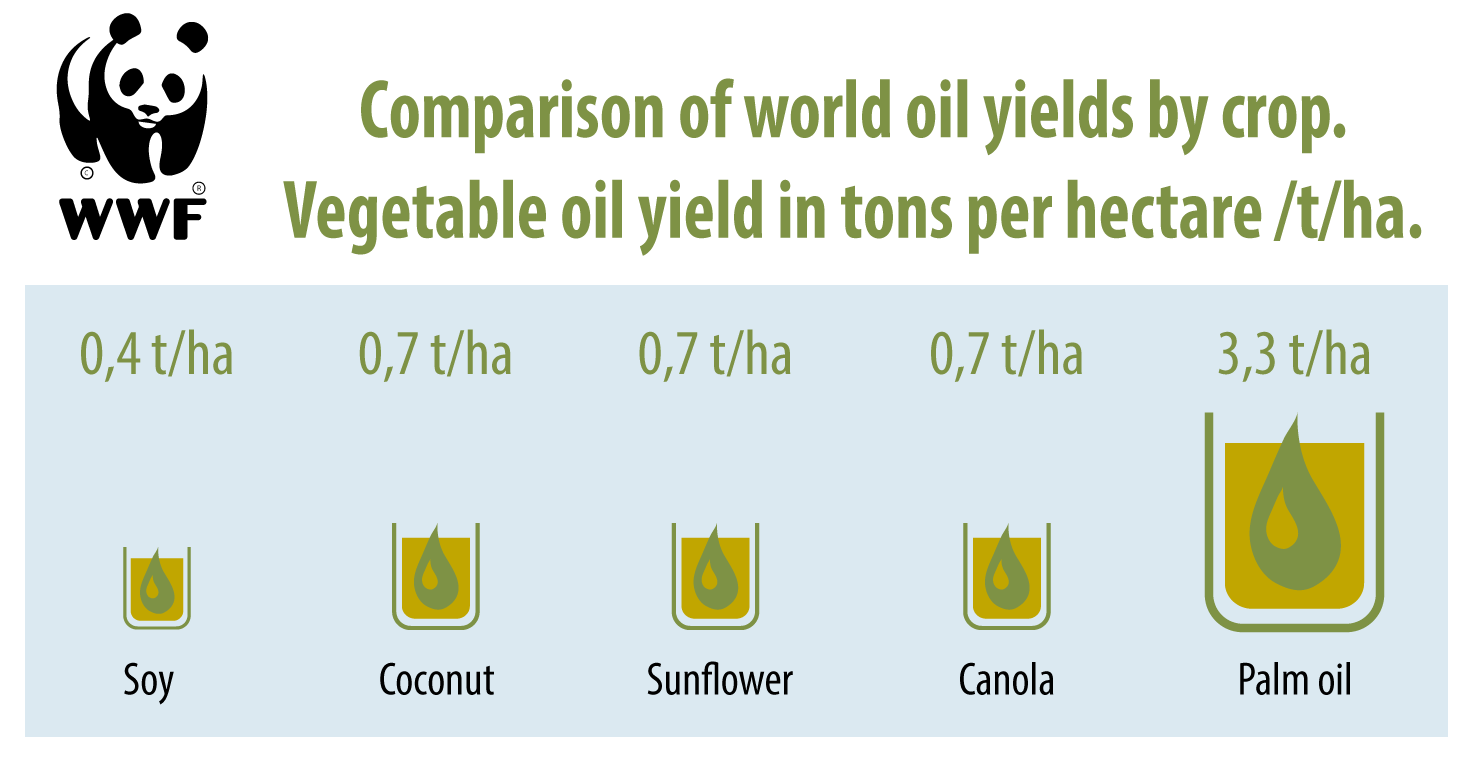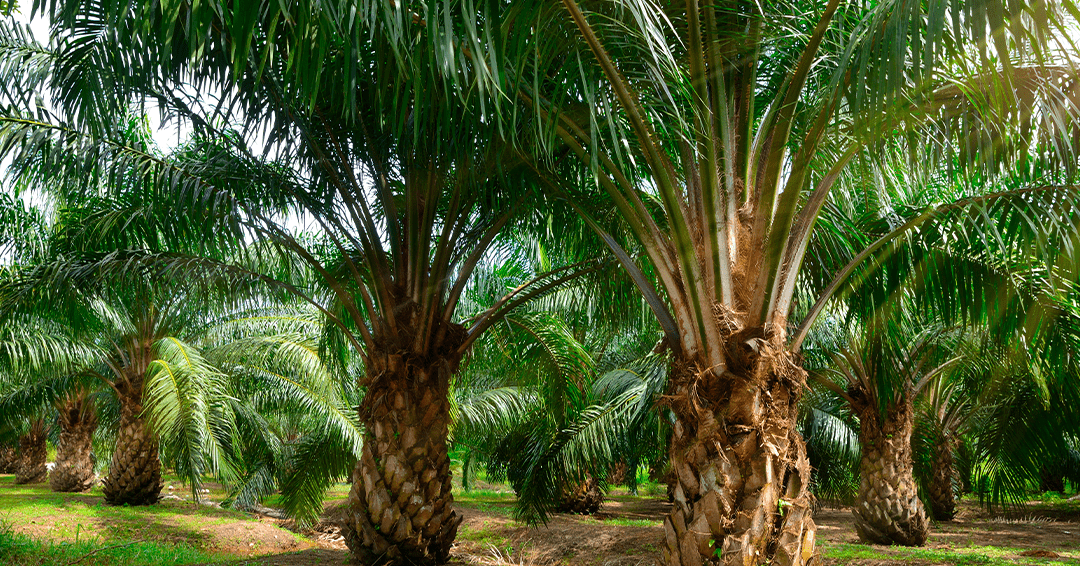4 THINGS YOU NEED TO KNOW ABOUT PALM OIL
1. WHAT IS PALM OIL?
It is an edible vegetable oil that comes from the fruit of the oil palm, the scientific name is Elaeis guineensis. Two types of oil can be produced: Crude palm oil comes from squeezing the fleshy fruit and palm kernel oil comes from crushing the seed or pit in the middle of the fruit.
Oil palms are indigenous to Africa, but were exported to Southeast Asia just over 100 years ago as an ornamental tree. Now, Indonesia and Malaysia account for more than 85% of the world’s supply, but there are 42 other countries that also produce palm oil.
2. IN WHAT PRODUCTS PALM OIL CAN BE FOUND?
Palm oil can be found in almost every product. It is in about 50% of the packaged products seen in supermarkets, from pizza dough, donuts and chocolate, to deodorants, shampoos, toothpastes and lipsticks. It is also used in animal feed and as a biofuel worldwide.

3. WHY IS PALM OIL EVERYWHERE?
Palm oil is an extremely versatile oil that has many different properties and functions that make it so useful and widely used. It is semi-solid at room temperature, so it can be spread easily; it is resistant to oxidation, so it can extend the lifetime of the products; it can withstand high temperatures, so it gives fried products a crispy and crunchy texture; and it is also odourless and colourless, so it does not alter the appearance or smell of food products. In Asian and African countries, palm oil is widely used as cooking oil, just as we might use sunflower or olive oil.
In addition to being a versatile product, compared to other vegetable oils, oil palm is an efficient crop, capable of producing large quantities of oil in small areas of land; almost all year round. This makes it an attractive crop for producers and small farmers, who can rely on the constant income that palm oil provides.
4. WHY DON’T WE SWITCH TO AN ALTERNATIVE VEGETABLE OIL?
Oil palm is a resourceful and efficient crop. It produces more oil per area of land than any other equivalent vegetable oil crop. Globally, palm oil supplies 40% of global vegetable oil demand on just under 6% of the land used to produce all vegetable oils.

To obtain the same number of alternative oils such as soybean, coconut or sunflower oil, between 4 and 10 times of more land would be required, which would allocate the problem to other parts worldwide and could threaten other habitats, species and local communities. Additionally, there are millions of smallholder farmers who depend on palm oil production for their livelihood. Boycotting or affecting palm oil production is not the answer. The important thing is to guarantee a sustainable production that does not affect the environment or the quality of life of farmers.
Follow us on our social networks and website to learn more about palm oil crops, and its benefits, characteristics, production, environment and byproducts.
We are GREMCA S.A. , Agriculture & SUSTAINABLE Energy.

